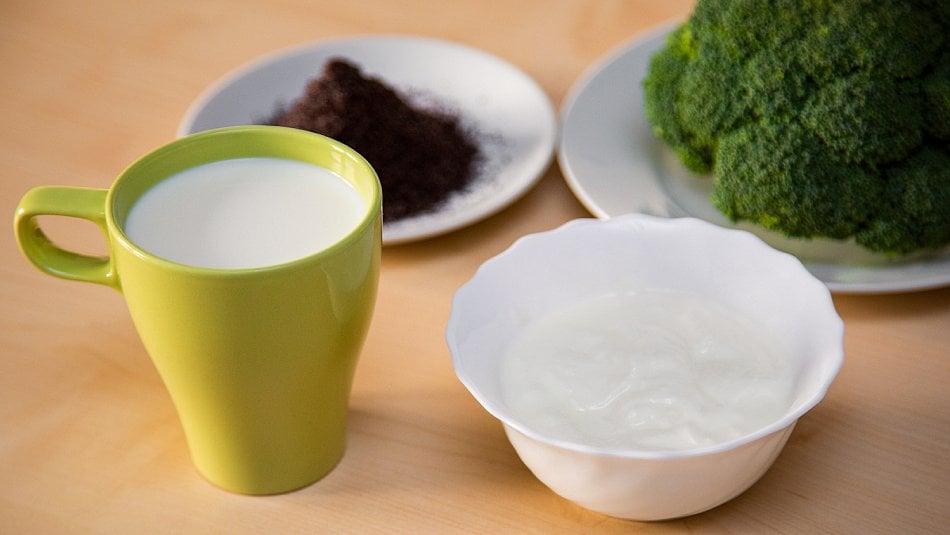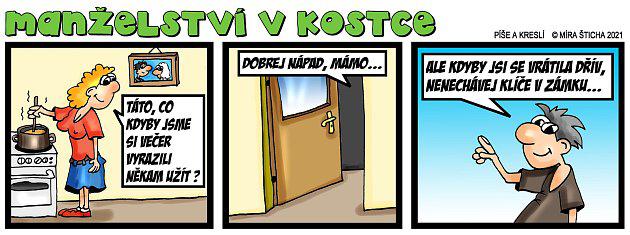About nonsense milk: How important dairy products are for children<
Milk and dairy products play an important role in human nutrition from birth. The fact that their role is inherently important is confirmed by the fact that they are an important source of minerals (especially calcium necessary for proper bone growth and development), vitamins and, last but not least, proteins.
Milk accompanies us from birth
According to the World Health Organization (WHO), exclusive breastfeeding is recommended (the child drinks only breast milk) until the age of 6 months, followed by the introduction of a nutritious diet while breastfeeding for two or more years. As the aforementioned statement suggests, breast milk supplies all necessary nutrients to children up to the end of the 6th month of life. However, the nutrient requirements of children increase with age, thus reducing the importance of breast milk, which is not enough to cover all the nutrients needed for the growth and development of the body, and therefore the recommendation to add a supplement to breastfeeding.
Wondering why breast milk is so important and unique? Each mother produces breast milk of a different composition, which varies according to the needs of the baby. The receptors take care of this when the child comes into contact with the areola. As for the composition of breast milk, it is rich in cholesterol, which it contains more than cow's milk, which is very important in the development of the baby's brain. The content of vitamins and minerals is then affected by the mother's diet. However, breastfeeding itself has many other advantages and benefits. In mothers, it can reduce the risk of breast cancer, and in children it is a prevention of various diseases.
The only contraindications for breastfeeding are, for example, metabolic disorders (galactosemia, phenylketonuria), failure to thrive or a case where the mother is infected with, for example, HIV.
How much milk a small child needs
And how to handle milk and dairy products further? As already mentioned, milk and dairy products are, above all, an important source of calcium, which is essential for proper bone growth and development. Children aged two to three should consume four to five servings of dairy products per day (1 serving = approximately 125 ml of milk). Subsequently, at the age of four to six, it is recommended to include dairy products in three to four portions per day.
Milk and dairy products in the diet of young children

For a better idea, let's give an example of the size of one serving on specific foods:
½ cup milk (125 ml) = 15-20 g cheese = ½ cup yogurt (125 g)
In the first two years, children should not be given milk and low-fat dairy products (defatted). We use fat products to supply the child with more energy and nutrients, which is desirable for its growth and development. The weight loss process also reduces the content of some vitamins.
Furthermore, it is good to avoid, for example, processed cheeses which contain high amounts of salt and phosphates. The wrong ratio of phosphorus to calcium (in favor of phosphorus) results in lower absorption of calcium and can also cause it to leach out of the body and be removed from the bones.
Therefore, it is good to focus not only on the amount of dairy products you give your children per day, but also on their correct choice.
The main benefit of milk - calcium
So what is the recommended daily dose of calcium, what can we imagine under this number and where can we find it everywhere?
The recommended daily dose of calcium depends on age. Preschool children should take about 700 mg per day, older children about 900 mg and during adolescence the daily dose of calcium reaches up to 1200 mg. In adults, this is 1000 mg for comparison. The most important source of calcium, as mentioned above, is milk and dairy products. Furthermore, calcium can be found, for example, in cabbage, broccoli, legumes, dried nuts, poppies or sardines consumed with bones.
In some articles, you may come across information that states that such a poppy is a much richer source of calcium than milk. Yes, poppies do contain more calcium than milk alone. However, it should be noted that these are values per hundred grams and that it will usually be easier to consume 100 g (100 ml) of milk than an adequate amount of poppy - see example below.
The table is an illustrative example of the calcium content in individual foods (according to Nutridatabaze.cz).
Foodstuff | Calcium content in 100 g |
broccoli | 80 mg |
milk | 120 mg |
cabbage | 150 mg |
semi - fat yoghurt | 180 mg |
almond | 250 mg |
soya | 260 mg |
canned sardines | 420 mg |
eidam 30% | 950 mg |
poppy | 1360 mg |
Calcium sources - how many we have to eat
For a better idea of the above table, we add specific examples again:
300 mg of calcium can be found in:
250 ml milk (1 cup) = 375 g broccoli = 22 g poppy = 170 g semi-fat yoghurt
Compare the portion sizes needed to supplement a certain amount of calcium, examples in the gallery
And what about absorbability?
It is also important to pay attention to that. For dairy products, the absorption of calcium is around thirty percent, while for calcium sources of plant origin only five to ten percent, which is influenced by the content of oxalic acid and phytates, which reduce its absorption.
There are quite a few reasons to include milk and dairy products in children's diets, so treat them in sufficient quantities.


 Tags:
Tags: Prev
Prev







